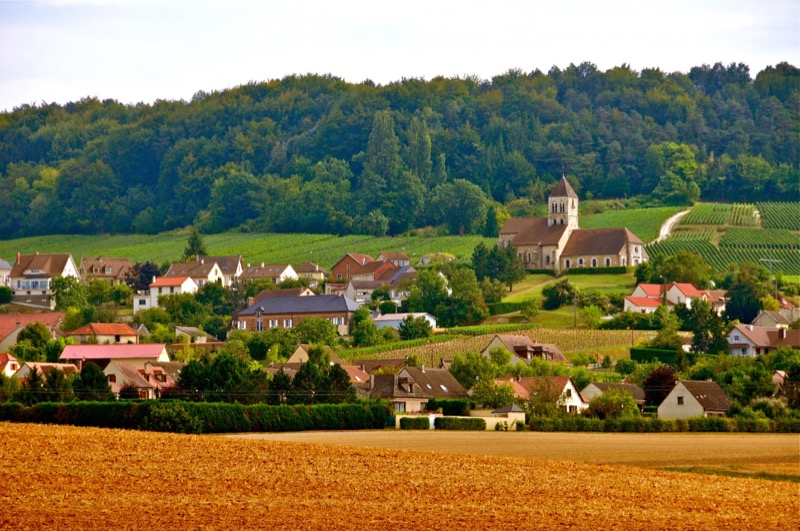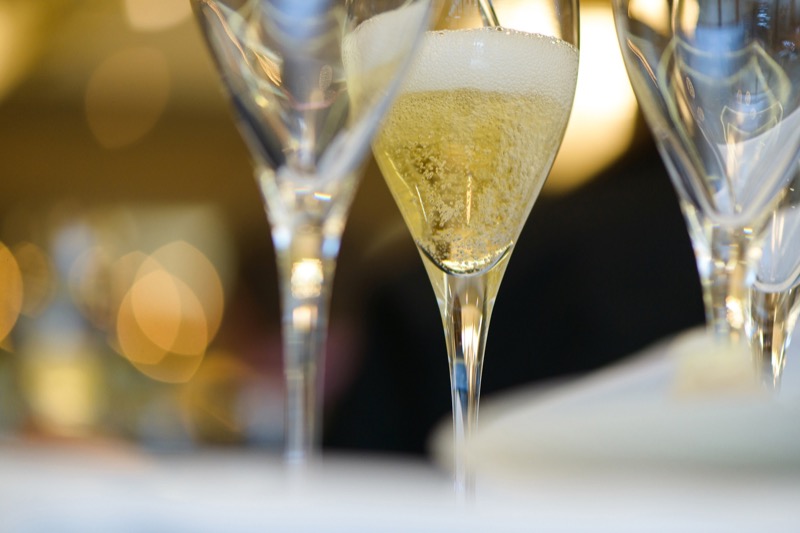They say diamonds are a girl’s best friend, but most of us have a pretty fond appreciation of champagne, too! This year’s Le French GourMay festival celebrates the bounty of the Champagne region. Wines have been produced in the region since before medieval times, but the first sparkling champagne was discovered by accident. And what a happy accident it was! We have rounded up 11 facts about champagne, so put your knowledge to the test and see how much you really know.

#1 While we often happily quaff sparkling wine and call it champagne, in France and many other countries, only sparkling wine that has been produced in the Champagne region can bear the title. It has been a protected term for over 100 years.
#2 The Champagne producing area lies 150 kilometres east of Paris, and covers roughly 34,000 hectares. Within that, there are over 250,000 individual vineyard plots, or micro-vineyards. So, what makes this region in France’s northeast so good for production? Well, it’s a combination of factors, from climate and location to expertise and know-how.
#3 There are only three grape varieties grown in the region: pinot noir and pinot meunier (both of which are red), and the white chardonnay, and each brings its own character to the wine. As well as being tasty, they’re also perfectly suited to the region’s growing conditions. The term “cuvée” is given to the first pressing of the fruits, which is believed to produce the finest wines.

#4 Even though it all falls under the umbrella of champagne, the wines produced in the region are incredibly varied. Many things influence the final product, from the vineyard and the grape to the blend, how long the wine is cellared for, whether it’s fermented in oak or steel, and the fermentation process; a dozen tiny variations can impact on the wine’s character.
#5 Most champagnes are a blend. Not only do winemakers use different grape varieties, but they may also use wines from different vineyards. In addition, they often add “reserve” wines that have been stored for many years. The blending process relies heavily on the winemaker’s sense of taste and smell – it’s a very fine art!
#6 A vintage champagne is one that has been made only with grapes harvested in one particular year. And vintage champagnes are aged for at least three years before being released, often much longer.

#7 The final detail in the recipe is the addition of the liqueur d’expédition – a mixture of wine (either the same wine already in the bottle or a completely different one) and cane sugar. The amount of sugar that is added determines whether the champagne is classed as brut (very little sugar), sec, demi-sec and so on. Doux is the sweetest champagne, with 50g of sugar per litre.
#8 The difference between still and sparkling wine comes through the second fermentation process that goes on; champagne is always fermented in the bottle it is sold in. We won’t go into technical details about the chemical reactions that happen at this stage, but we love the fact that this process is called prise de mousse, which literally translates as “capturing the sparkle”.
#9 The small metal “cage” that keeps the cork in place is known as a muselet or muzzle, part of the special design of the bottles, which are made to withstand the pressure of all the bubbly goodness contained within.

#10 While it is often served as an aperitif, it goes well with just about everything, from starters all the way through to dessert.
#11 Dom Perignon was a Benedictine monk, and though he was often credited with inventing champagne, he simply had a knack for producing the stuff and for vastly improving its production and quality, leading to the bubbles we know and love today.
Le French GourMay runs from 1-31 May, with events all over town. For more information visit frenchgourmay.com
This article first appeared in the Apr/May edition of Expat Living magazine. Subscribe now so you never miss an issue!
Read on for more Wine & Dine stories.





